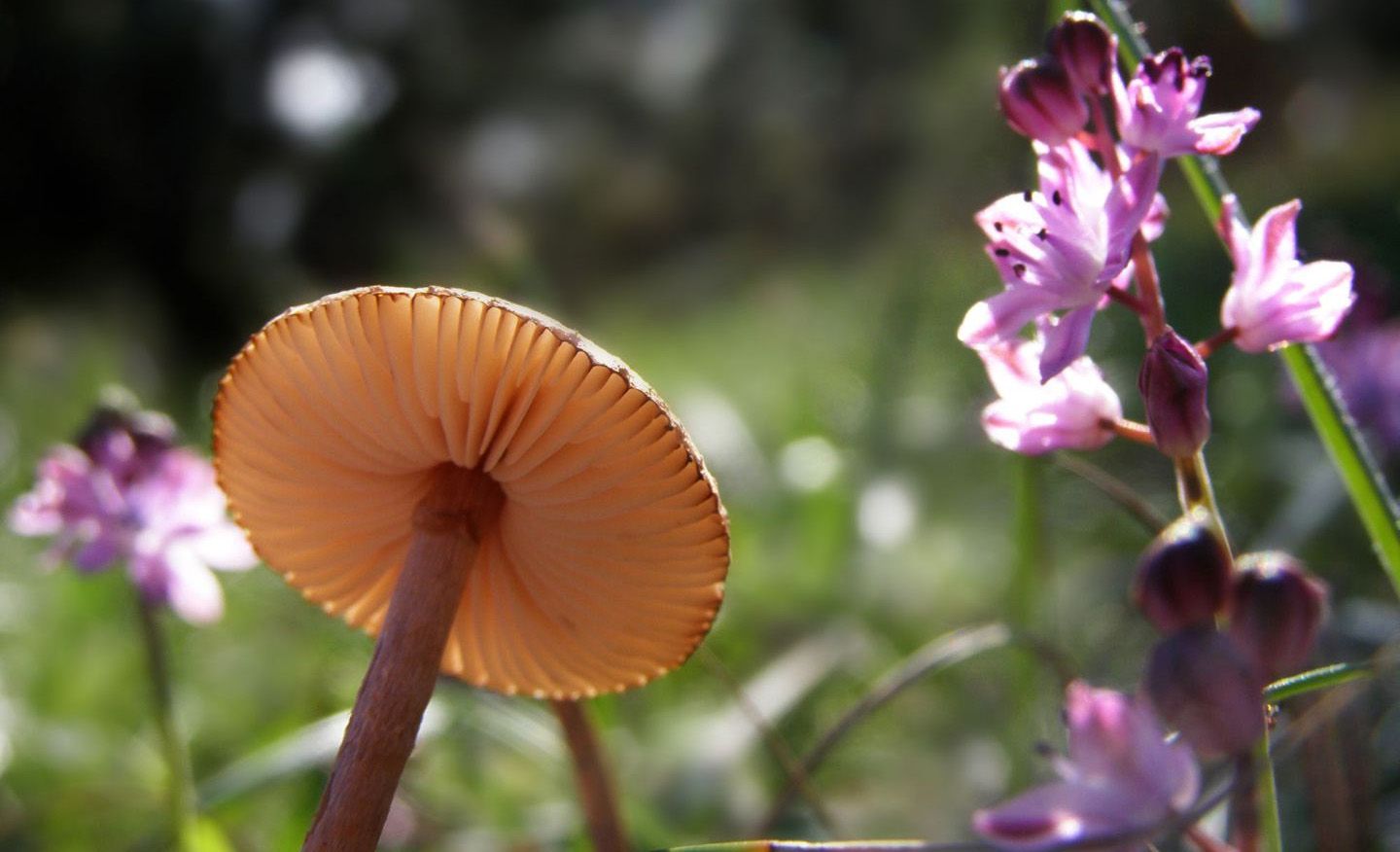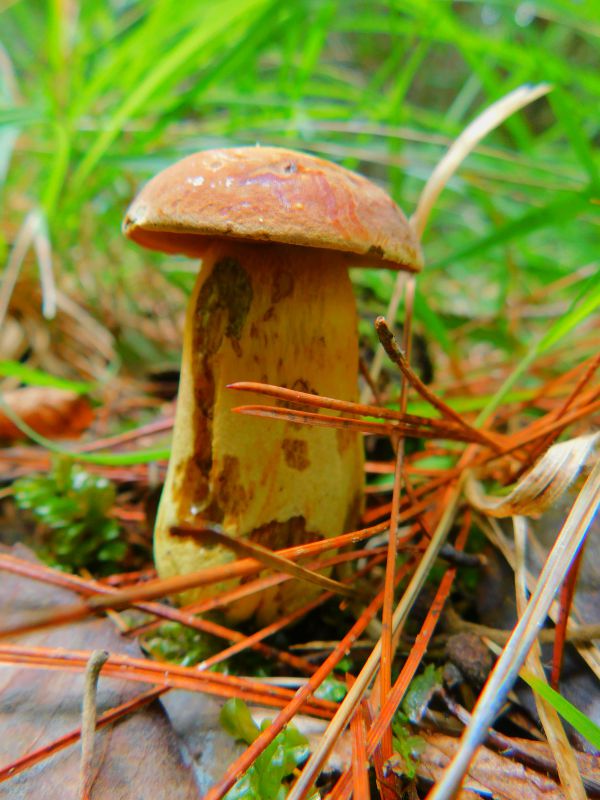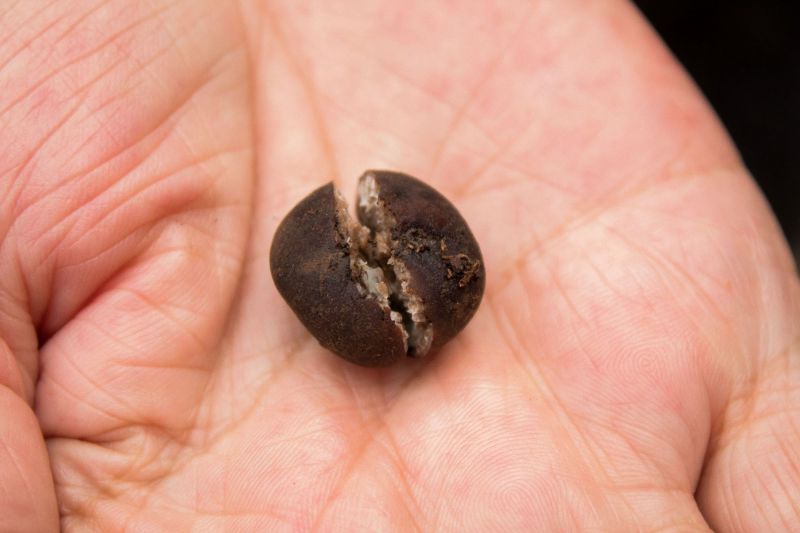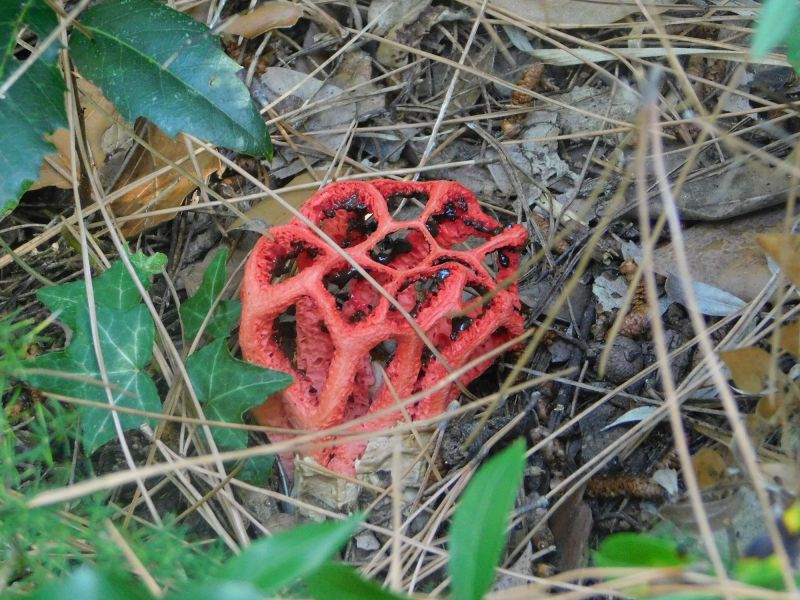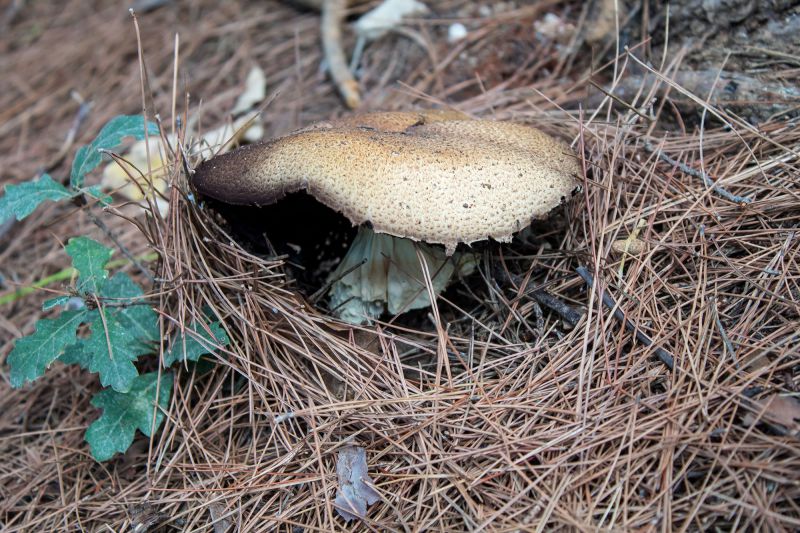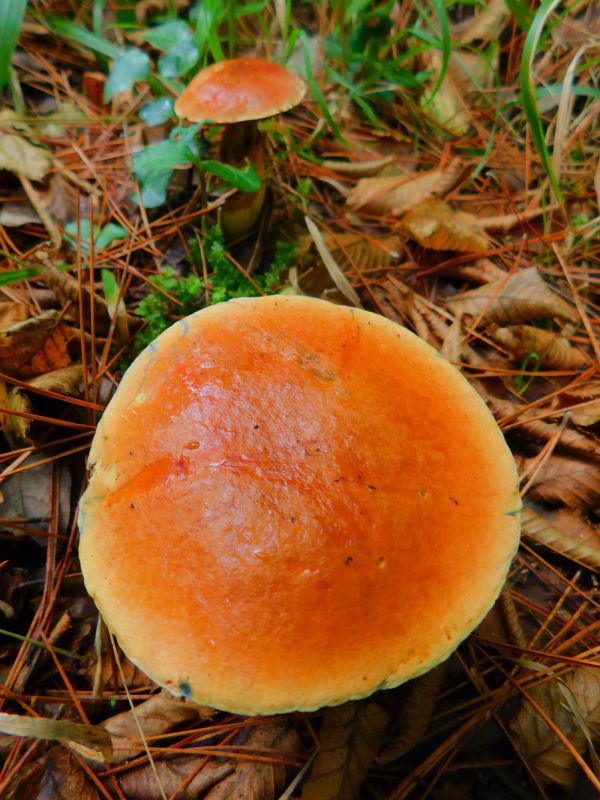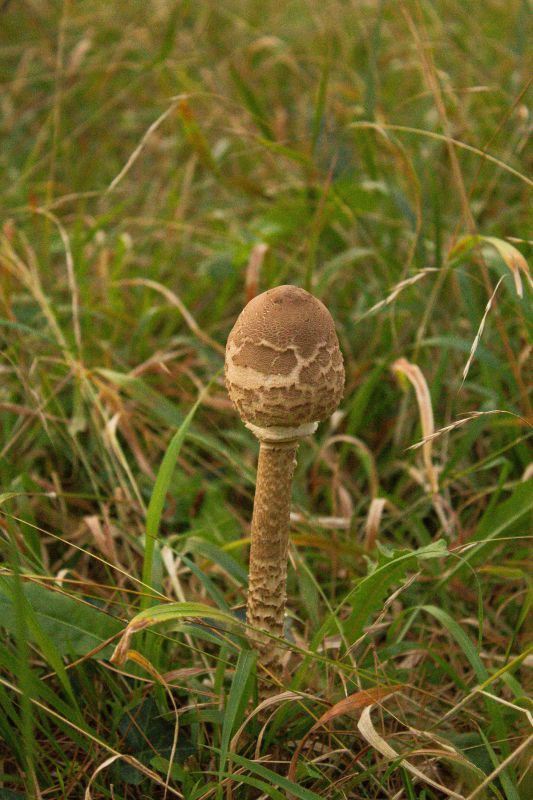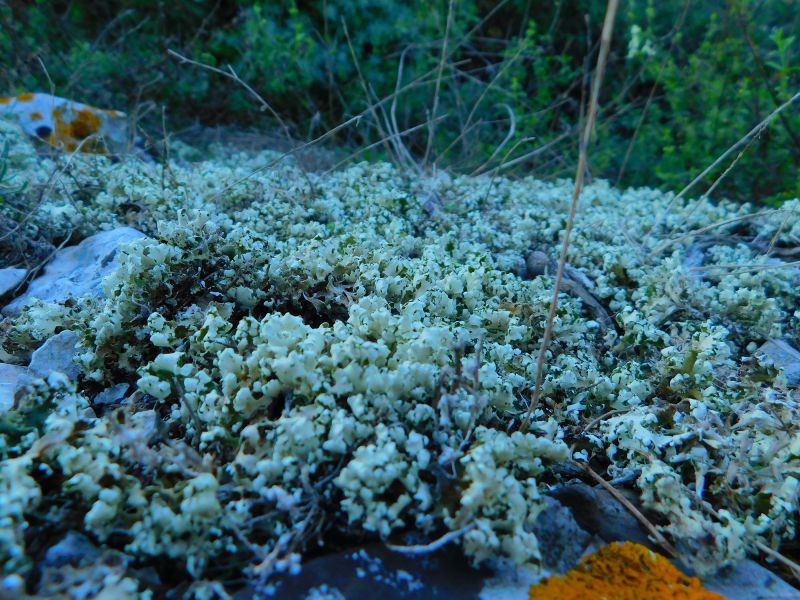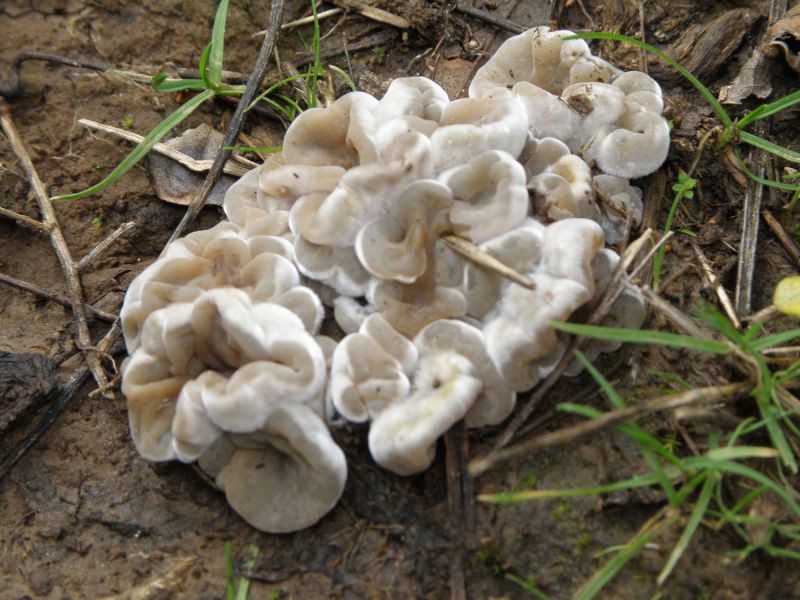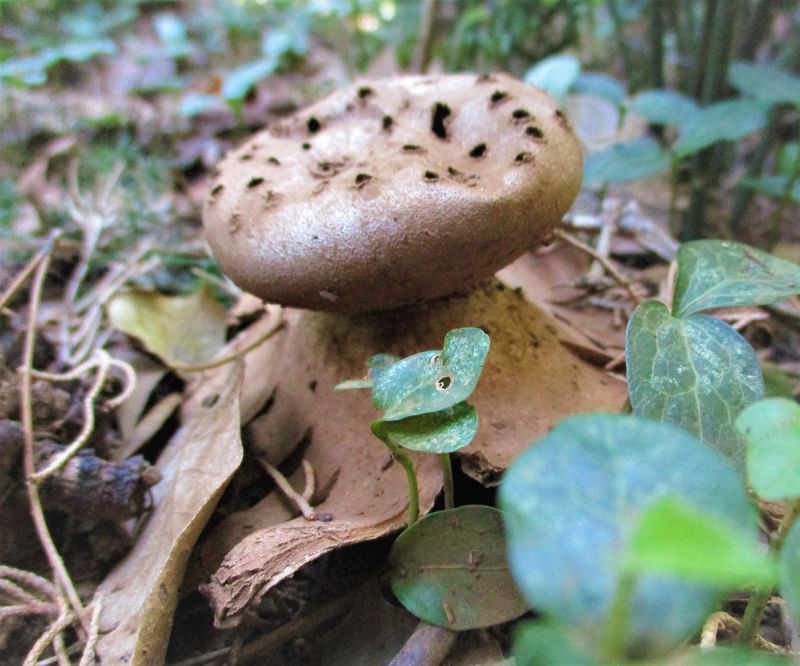The Vital Role of Fungi
Although often overlooked and in the shadow of animals and plants, fungi are the “cornerstone” of the living world. In addition to decomposing dead organic matter and thus ensuring the circulation of carbon and other elements in the biosphere, fungi have other vital roles. For example, mycorrhizal fungi form mycorrhizae with terrestrial plants, that is, the association between the root system of a plant and the mycelium (body) of a fungus. The fungus supplies mineral nutrients and water to the plant and in turn receives photosynthesis products from the plant. This is a significant symbiotic association without which life on Earth would not be the same and without which some of the orchids of the area would not exist, i.e. their seeds would not sprout.
Different Fungi at Different Times of the Year
In the area, we can find fruiting bodies of various fungi at different times of the year, some above and some below ground. The fruiting body is the visible part of a fungus and what we most often identify with the term fungus. This is, in fact, a spore-producing organ that only occurs at a certain time of the year. Most often, this happens in the spring and autumn when the fruiting bodies of pine boletes, Reishi mushrooms, puffballs, parasol mushrooms and several underground fungi, truffles, are most common in the south of Istria.
 EU Projects
EU Projects English
English
